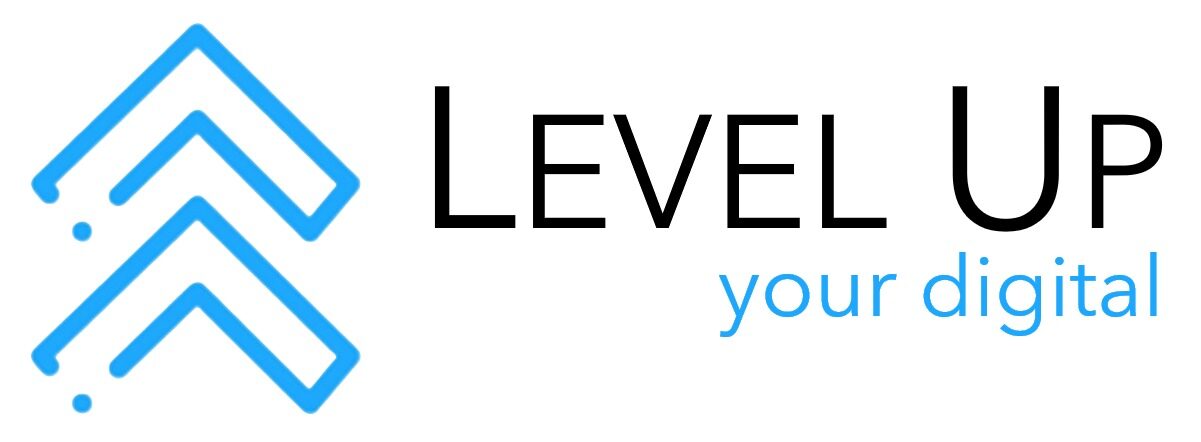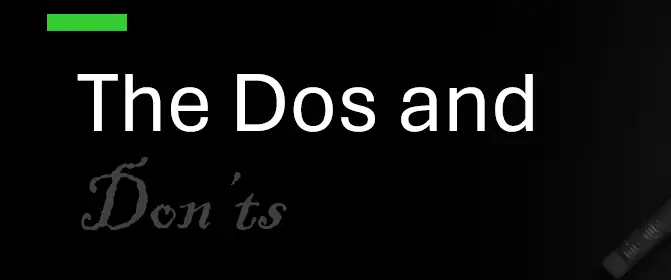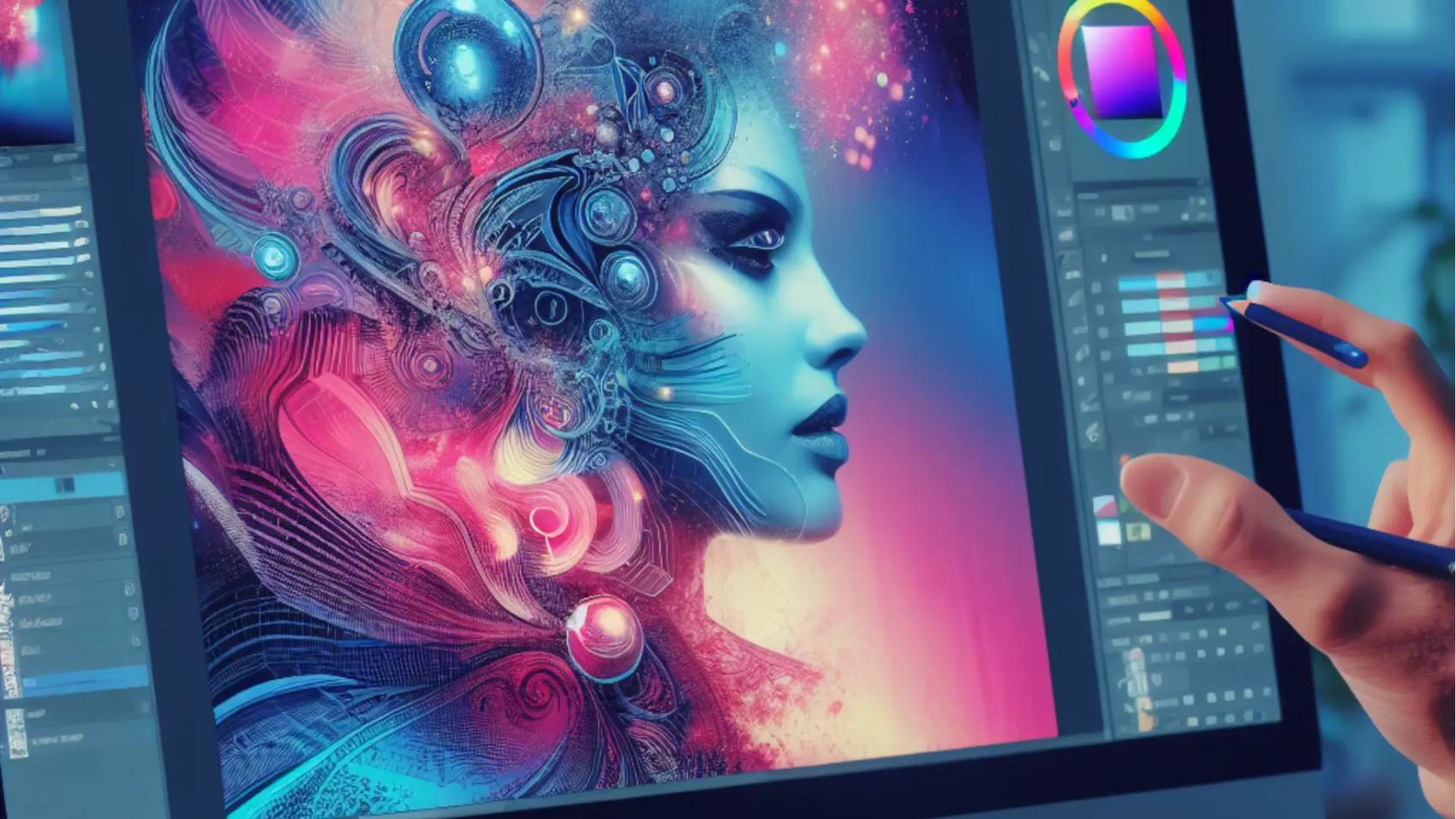Unlock Your Business’s Visual Potential and Make a Difference.
In today’s digital age, visual content is king and we have spoken about inclusive design and various tools to help you navigate the marketing space. From social media posts to marketing materials, businesses of all sizes need compelling visuals to connect with their audience. But for many Micro, Small, and Medium Enterprises (MSMEs), professional design can seem out of reach. Not any more with Canva, the user-friendly design platform, is here to empower you to create stunning visuals that resonate with your target market and reflect your commitment to inclusivity.
Canva is also affordable with Pro coming in at just R110,00 per month which is further discounted should pay for the full year, at just R900,00 per annum.
Why is Canva a Game-Changer for SMEs?
- Accessibility: Canva’s intuitive interface makes design accessible to everyone, regardless of technical expertise.
- Affordability: With a range of free and premium options, Canva fits within any budget.
- Diversity: Canva offers a vast library of templates, images, and elements that cater to diverse audiences, ensuring inclusivity in your designs.
- Efficiency: Create professional-looking graphics quickly and easily, saving you time and resources.
Using Canva for Inclusive Design
South Africa, our beautiful Rainbow Nation, consists of diverse cultures, languages and traditions. Our rich cultural heritage makes it crucial to reflect the country’s diversity in your business. Here is how you can navigate this space successfully:
- Choose inclusive imagery: Opt for images that represent people from diverse backgrounds, ages, abilities, and ethnicities.
- Use inclusive language: Avoid stereotypes and generalisations in your text.
- Consider colour accessibility: Ensure your colour combinations are accessible to people with visual impairments.
- Be mindful of cultural sensitivity: Research and understand the cultural nuances of your target audience.
How Do You Translate Inclusive Design into Canva?
Canva offers several features to support inclusive design:
- Diverse stock photos: Access a wide range of images featuring people from various backgrounds.
- Colour palette generator: Create colour combinations that are visually appealing and accessible.
- Customisable templates: Adapt templates to fit your brand and audience, incorporating elements that resonate with diffferent cultural groups.
- Magic Studio: This innovative AI-powered tool can generate diverse characters, settings, and scenes, helping you create inclusive visuals that reflect inclusivity in your design.
Get Started with Canva
Ready to elevate your MSME’s visual game? Sign up for Canva and start exploring its endless possibilities.
Reach out to hello@levelupyourdigital.africa with any questions you might have. We’re happy to always offer free advice to help you grow your business.
Remember, design is a powerful tool for building connections and creating a positive impact. Let your creativity shine!






